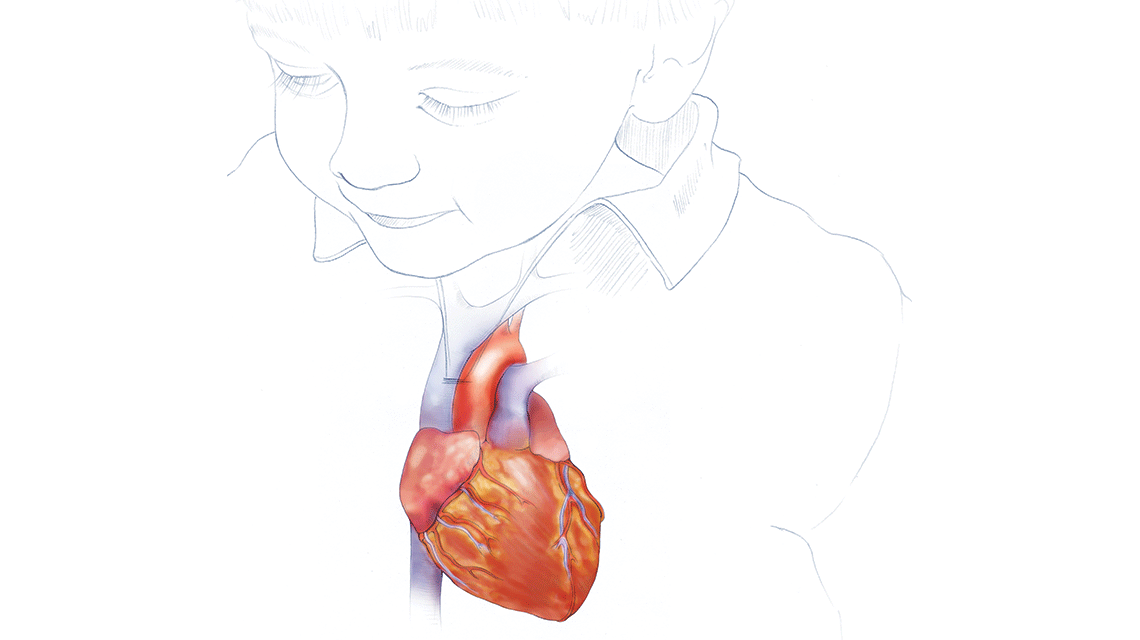The Evolution of Precision Medicine for Children With Aggressive Brain Tumors
The Evolution of Precision Medicine for Children With Aggressive Brain Tumors https://pediatricsnationwide.org/wp-content/themes/corpus/images/empty/thumbnail.jpg 150 150 Jonathan Finlay, MB, ChB, FRCP https://pediatricsnationwide.org/wp-content/uploads/2021/03/113016ds1231-finlay-bio.gifThe Head Start 4 clinical trial introduces risk stratification and builds on the success of bone marrow transplantation for young children with malignant embryonal tumors. Cancers in the brain and spinal cord (the central nervous system, CNS) are now the most common cause of deaths due to disease in children and adolescents. Among these tumors,…







